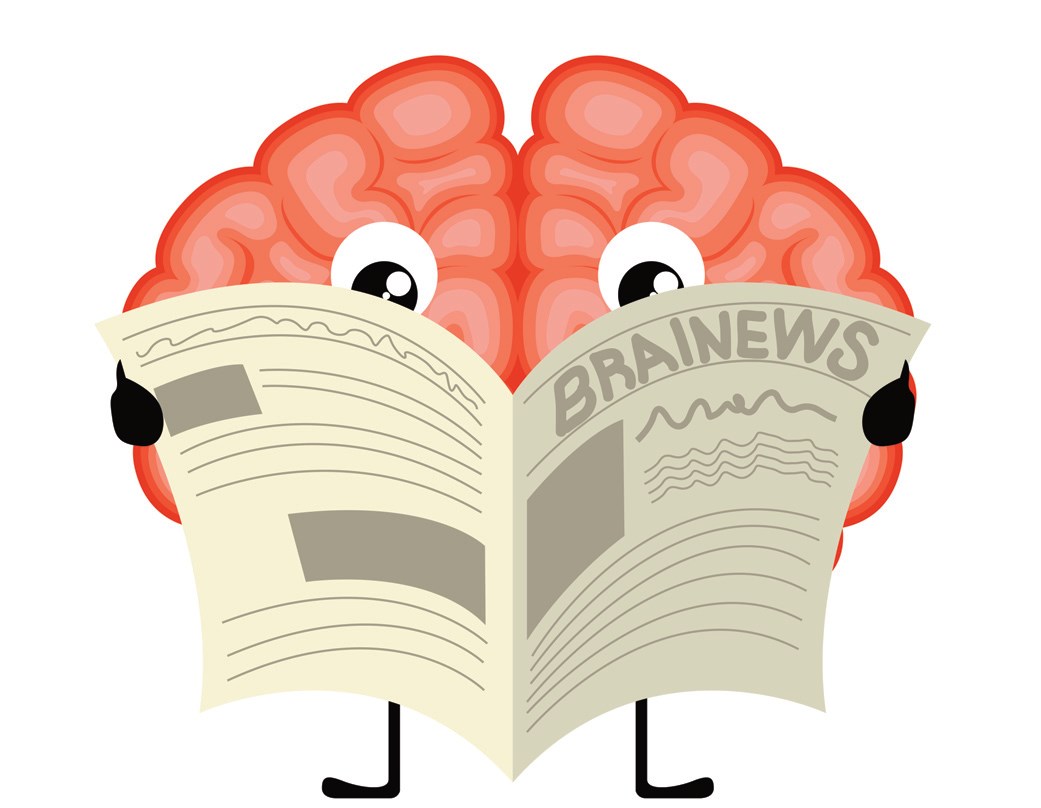Imagine a 4-year-old not knowing her alphabet and sounds, who becomes the 6year-old who cannot match sounds. Countless teacherparent conferences and tutoring result in heartbreaking frustration, with nothing changed in the child’s academic progress. Since no progress is made, Florida’s mandatory retention in Grade 3 sets her back another year of not progressing academically to the 4th grade.
By the age of 11, she has developed anxiety hoping the teacher will not call on her to read aloud in class. At 18, she finds a way to pass her classes, even cheating on homework and tests in order to make it to graduation, but not effectively learning throughout her entire public school years.
This pattern easily could be avoided with adequate reading intervention caught early in the primary school stage. One of the areas of disparity in our current school system is the lack of attention in phonics.
Phonological awareness has been pointed out by researchers such Monica Melby-Lervåg and others as one of the most significant predictors of success in this domain.
It’s troubling when emphasis on phonological awareness, spelling and vocabulary are removed from the classroom, as these are essential for students with dyslexia or learning differences to advance their cognitive capabilities. By definition, dyslexia is a neurodevelopmental disorder that causes the processing side of the brain (left side) to fire off different metabolic activities in comparison to a brain that is able to fire off properly. In other words, there’s a delay in the way we process information.
For this reason, the foundational phonics concept is key to helping train the brain to function properly. It’s unfortunate that at most schools I’ve encountered the primary focus is sight words. Sight words do not help teach students to read fluently, its only capacity is memorization. It becomes challenging for a student to see the word in a sentence and be unable to decode it.
Why is early intervention so effective? According to the Centers for Disease Control and Prevention (CDC), the connections in a child’s brain are most adaptable in the first three years of their life. The child is first learning sounds, and putting words together is the first foundation of the brain connection. It’s like a car that starts off choppy, sputtering, and then eventually the engine starts to flourish.
It is the same concept with a child learning. In the early stage the brain is chopping up the word and making that neurological connection to formulate fluently. That is called breaking the phonetic code. The student goes from learning to read to reading to learn. By the 3rd grade, comprehension and critical thinking starts.
So if we have 4th- and 5thgrade students struggling in reading, the answer is not simply tutoring but effective reading intervention that involves phonics in order to see change.
Tamika Taylor is an Exceptional Student Education teacher at Inlet Grove Community High School in Riviera Beach.













No Comment